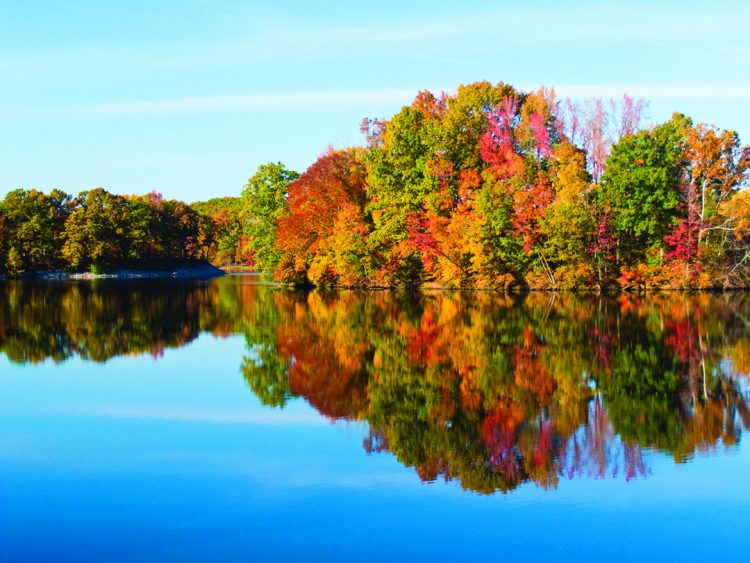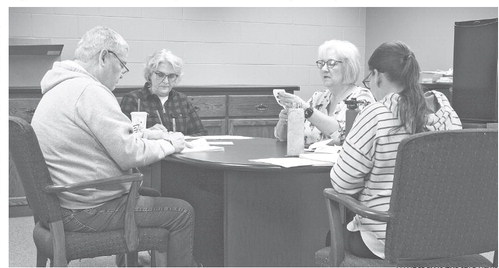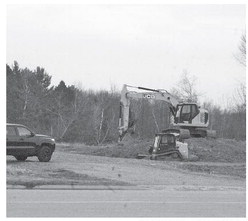Find ways to explore the state’s colorful fall foliage


Autumn in Wisconsin, is all about the color, something people have see to believe. With over six million acres of public lands, 49 state parks, 15 state forests, 44 state biking trails, plus hundreds of lakes and rivers to explore, Wisconsin has a fall leaf-peeping spot for everyone.
The state’s combination of tree species and climate produce vivid fall foliage, leaving residents and visitors alike looking forward to the annual fall color show.
Color changes typically occur in far northern Wisconsin, during the last week of September and first week of October, with color peaking during mid-October in central Wisconsin, and the latter half of October in southern Wisconsin. Timing of the color change varies by species and weather conditions.
“To have the most brilliant and vibrant fall color display, a series of fall days filled with bright sunshine and cool, but frost-free, evenings are ideal,” said Colleen Matula, forest ecologist.
Warmer temperatures, especially in the evening, tend to delay fall color, because the trees are not getting the signal that fall has arrived. Fall color predictions by the National Oceanic and Atmospheric Administration (NOAA) are based on mathematical algorithms that factor in historical leaf peak, temperatures, precipitation, leaf volume, health and day length.
While forests in central and northeast Wisconsin are right on target, counties in northwest Wisconsin and the far southern part of the state, are encountering drought conditions that may impact fall color in those parts of the state.
The intensity and duration of fall color, is affected by spring and summer growing conditions. Severe to abnormal drought in the growing season usually makes the tree leaves change color earlier, and the color lasts for a shorter period. In some cases, trees may skip the color change altogether, with leaves turning brown before falling.




